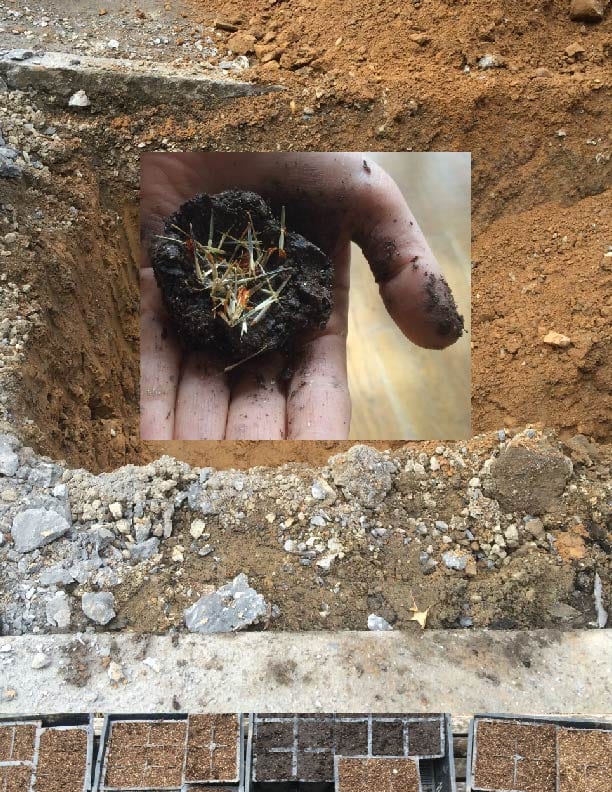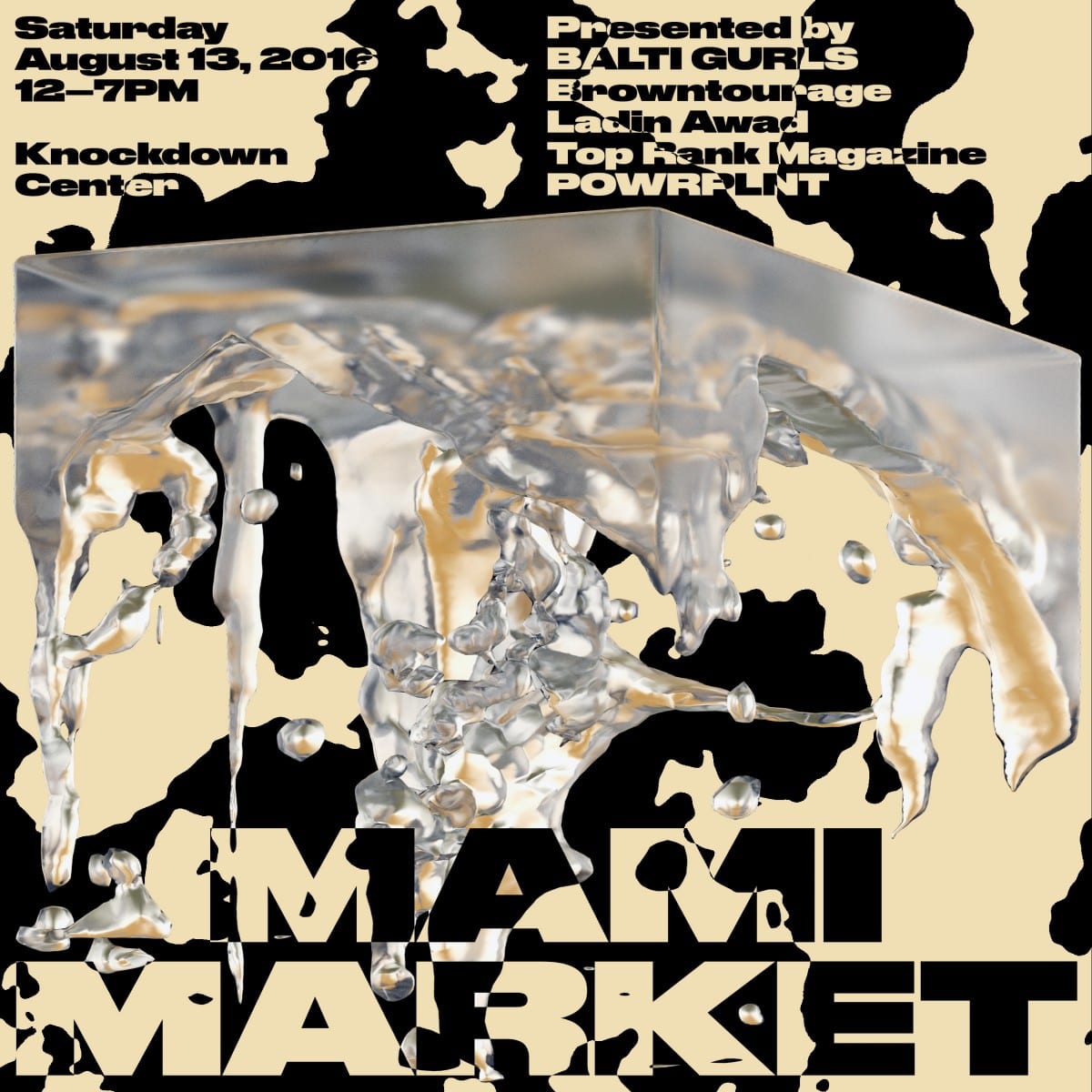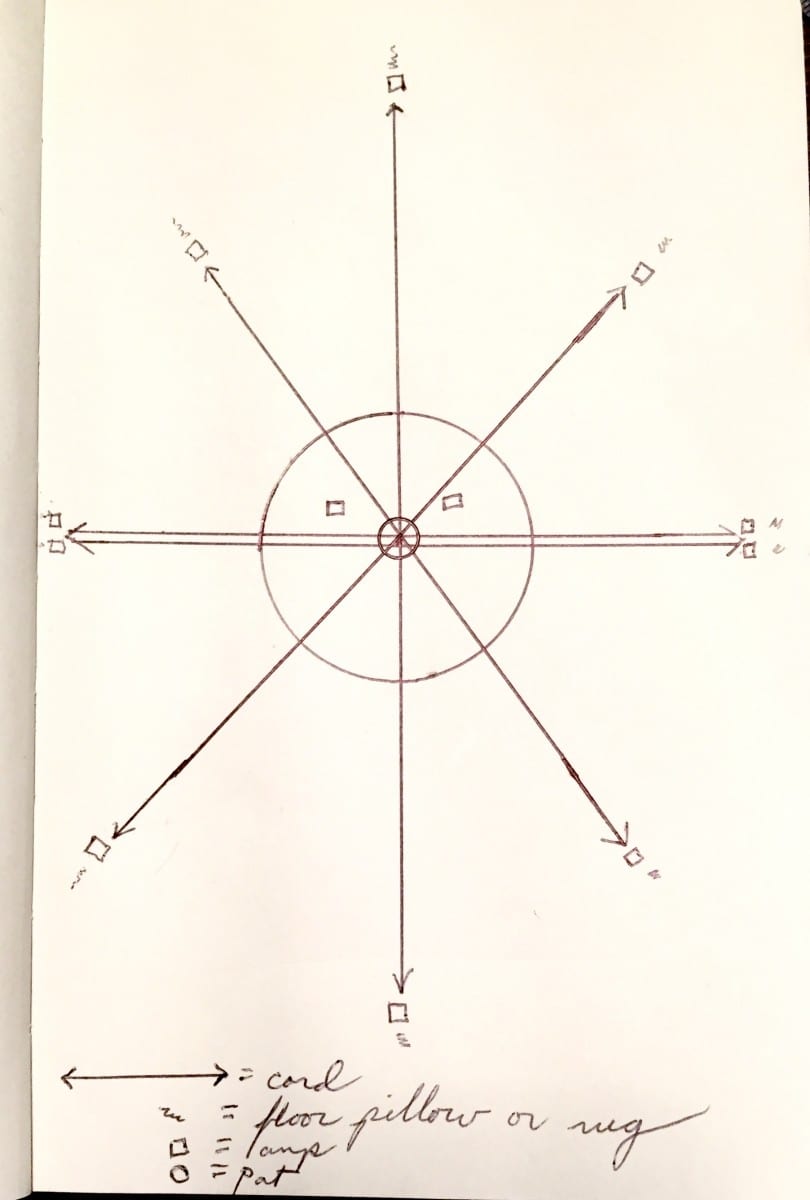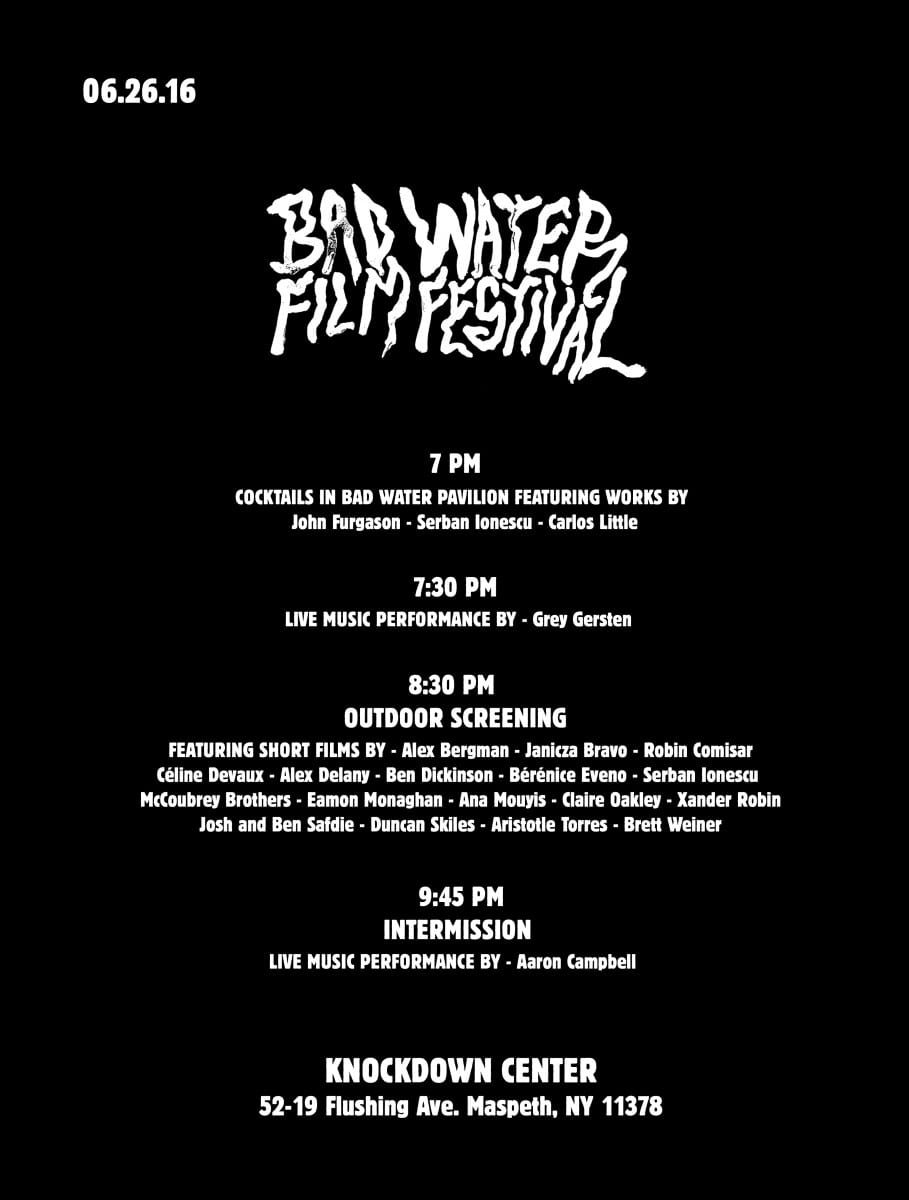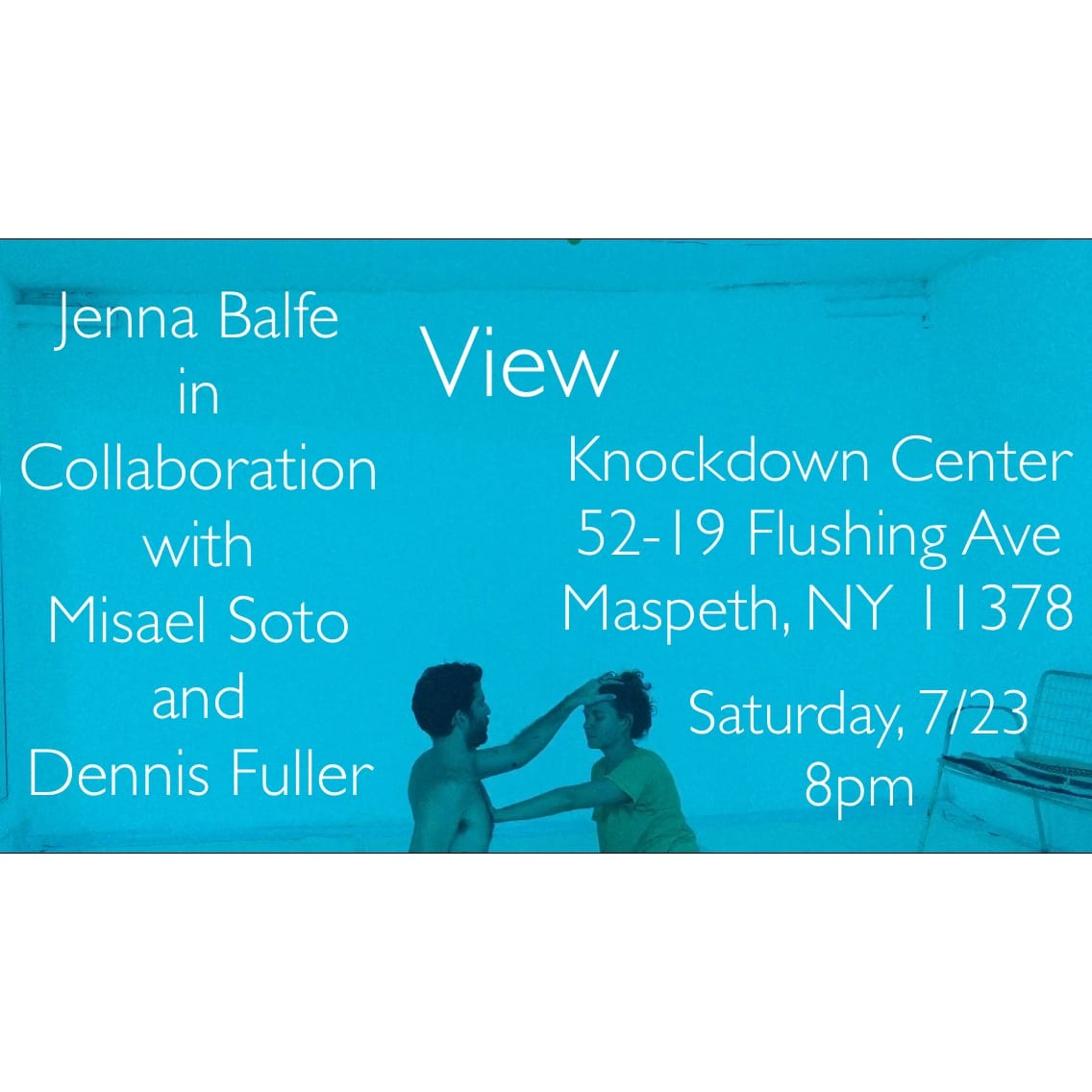
An improvised dance performance in the vast open space of Knockdown Center by Jenna Balfe and Misael Soto, with accompanying flute by Dennis Fuller. The performers create a dance that embodies the continuation of a longer collaboration, alternating between witness and viewer, showing how gaze can empower, reflect, and transform a dialogue. In these times, how we “view” each other can be a matter of life or death. Join us as we meditate upon this subject.

